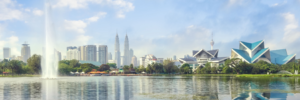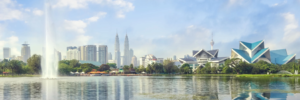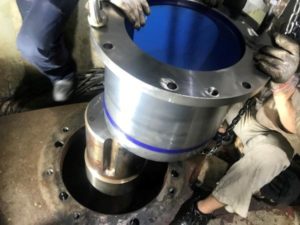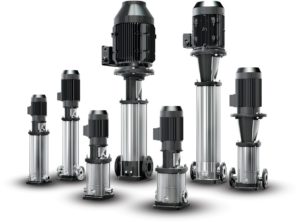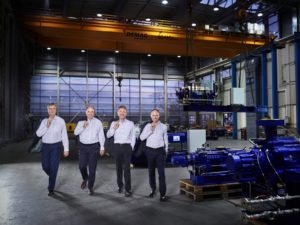Distribution Center for Standard Pumps in Vietnam
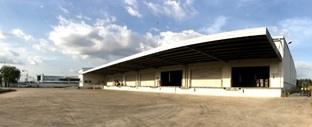
Distribution Center for standard pumps in Vietnam (Image source: EBARA Corporation)
EBARE's medium-term management plan "E-Plan2022" aims to increase the operating margin ratio of the pump business, which is the company's core business. The standard pumps business has the highest market share in Japan and will proactively invest in facilities in promising regions and markets to increase sales in overseas markets. As part of the measures to achieve this goal, the distribution center in Vietnam was established. This will strengthen the EBARA Group's supply chain management to improve competitiveness in the global marketplace.
The distribution center in South East Asia is located in a bonded warehouse in an industrial park in Vietnam. A certain number of standard pumps manufactured at the plant in Italy are stored there and shipped to EBARA Group companies in the region. The distribution center enables the company to shorten delivery times, reduce stock levels and promote proper inventory control, creating a structure that can efficiently bring products to market.
Later in the future, a knock-down plant will be built near the distribution center. By storing parts in a distribution center it will be possible to react more flexibly to requirements. In the meantime, the entire supply chain of the company, including local procurement, will be strengthened. By focusing on the standard pump business and supplying markets in Southeast Asia smoothly with EBARA products, the company will contribute to a safe and protected life of the people in the region.
Source: EBARA CORPORATION

